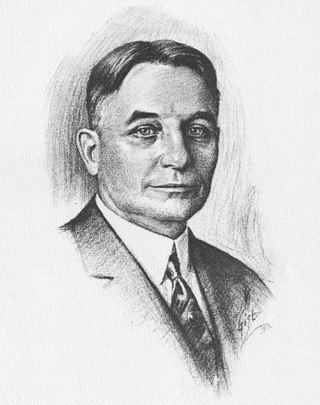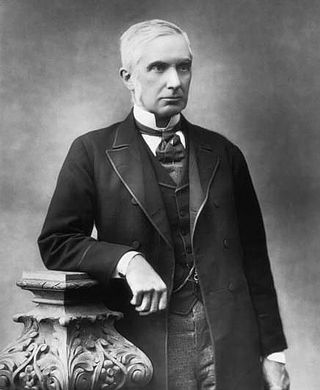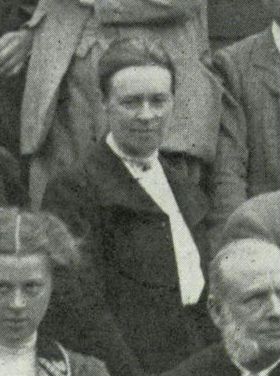Edward James Stone FRS FRAS was an English astronomer.

Andrew Claude de la Cherois Crommelin was an astronomer of French and Huguenot descent who was born in Cushendun, County Antrim, Ireland. He was educated in England at Marlborough College and Trinity College, Cambridge. After a spell teaching at Lancing College he found permanent employment at the Royal Greenwich Observatory in 1891. He joined the Royal Astronomical Society in 1888 and was its president from 1929-1931. In 1895 he joined the British Astronomical Association and was president from 1904-1906 and directed its comet section 1898-1901 and 1907-1938.
George Mitchell Seabroke FRAS was an English amateur astronomer. By profession he was a solicitor.

Agnes Mary Clerke was an Irish astronomer and writer, mainly in the field of astronomy. She was born in Skibbereen, County Cork, Ireland, and died in London.
The British Astronomical Association (BAA) was formed in 1890 as a national body to support the UK's amateur astronomers.
Arthur Stanley Williams was an English solicitor and amateur astronomer. He dedicated himself to the telescopic observation of the planets. He also was enthusiastic about yachting, winning the Challenge Cup in 1920.
William Herbert Steavenson FRAS was an English amateur astronomer.

Silverton is a large village and civil parish, about 8 miles (13 km) north of Exeter, in the English county of Devon. It is one of the oldest villages in Devon and dates from the first years of the Saxon occupation.

William Bennett Munro was a Canadian historian and political scientist. He taught at Harvard University and the California Institute of Technology. He was known for research on the seigneurial system in New France and on municipal administration in the United States.

Sir Edward Fry, was an English Lord Justice of Appeal (1883–1892) and an arbitrator on the Permanent Court of Arbitration.
Joan Mary Fry was an English Quaker campaigner for peace and social reform.

Sara Margery Fry was a British prison reformer as well as one of the first women to become a magistrate. She was the secretary of the Howard League for Penal Reform and the principal of Somerville College, Oxford.

The Liverpool Astronomical Society was founded in 1881 in Liverpool, England, as a society to promote and coordinate amateur astronomy.

Anna Ruth Fry, usually known as Ruth Fry, was a British Quaker writer, pacifist and peace activist.
Mary Acworth Evershed was a British astronomer and scholar. Her work on Dante Alighieri was written under the pen name M.A. Orr.
Alice Grace Cook (18 February 1877 - 27 May 1958), known as Grace Cook or A. Grace Cook was a British astronomer. Cook lived in Stowmarket, Suffolk. After she died she was remembered by her colleagues as a skilled and dedicated observer. In September 2021 it was announced that a new school in the town was to be named after Grace Cook. The school will be run by the Orwell Multi Academy Trust. In March 2023 minor planet 2000 EY156 was named Gracecook in her honour.

Gulielma Lister was a British botanist and mycologist and was considered an international authority on Mycetozoa.
Isabel Fry was an English educator and social activist.

Orwell Park was an estate in the village of Nacton developed by Edward Vernon, who lived there from 1725 until he died in the mansion on 30 October 1757. It was further developed by George Tomline during the late nineteenth century. It has been the premises for Orwell Park School since 1936. In contains several Grade II listed buildings.














